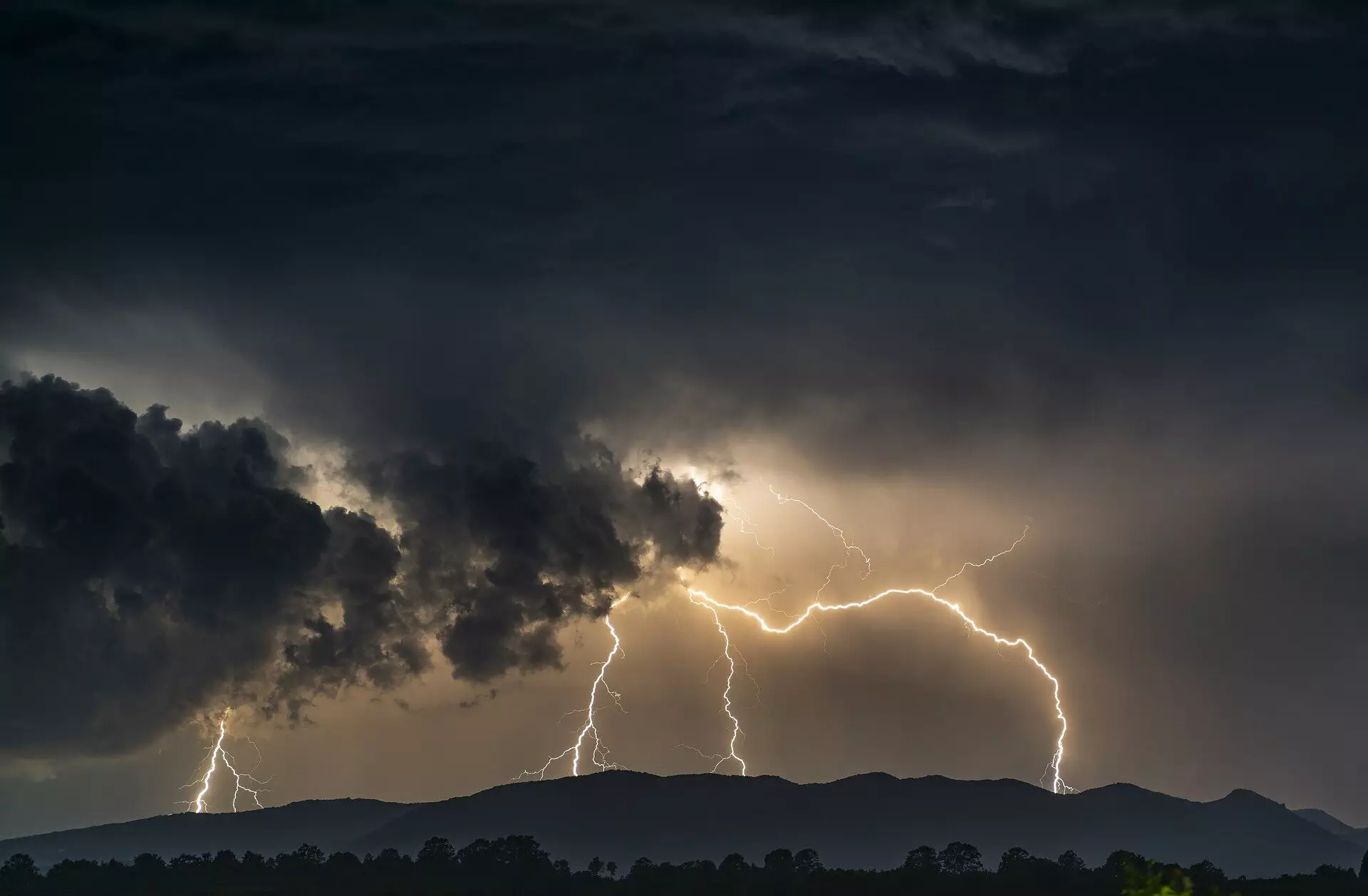California has long been recognized for its stunning landscapes and biodiversity, but a growing threat looms over the state: post-wildfire erosion. As climate change exacerbates the frequency and intensity of wildfires, especially in the last three decades, researchers have illuminated the alarming rise in erosion rates and its devastating implications. This unique phenomenon does not merely pose an environmental challenge; it jeopardizes vital water resources, local ecosystems, and even community safety.
A recent report published by the U.S. Geological Survey (USGS) outlined the drastic increase in post-fire erosion, documenting a tenfold rise in Northern California from the late 1980s to the 2010s. This study underscores a critical reality: the largest fires that produce the most sediment have occurred predominantly in the last decade. The observational data reveals that heavy rains often follow these burns, causing substantial erosion of the charred hillsides, which leads to dire consequences for local waterways and surrounding communities.
Moreover, researchers noted that 57% of the sediment washed away from these landscapes occurs upstream of reservoirs. This finding is alarming, as it threatens water security—an essential component of California’s delicate water system. The sediment influx compromises the capacity of these reservoirs and significantly deteriorates water quality. The implications extend beyond mere statistics; they touch on public health, economic viability, and community safety.
Climate change acts as both a catalyst for wildfires and a contributor to subsequent erosion. Studies indicate that rising temperatures are not only increasing the frequency and intensity of wildfires but are also fostering extreme rainfall events, a phenomenon termed “weather whiplash.” These intensified rains can lead to flash floods and debris flows, both of which further exacerbate the erosion issue.
Helen Dow, a lead author of the USGS study, articulated the urgent concern surrounding this increasing trend in erosion. She stated, “In Northern California, we really see this huge increase from the first decade to the fourth.” As more landscapes succumb to devastating fires, the uplifted soil and erosion become a cyclic problem—more fires lead to more erosion, posing an increased risk of infrastructure failures and diminishing water supply.
The consequences of unchecked erosion reach far beyond environmental concern; they extend to community safety and ecosystem health. In places like Montecito, severe mudslides after the 2018 Thomas fire led to catastrophic consequences, including loss of life and homes. Moreover, sediment flow has been destructive to aquatic life; cases such as the mass fish die-off in the Klamath River highlight the immediate hazards that these processes pose to wildlife.
Glen Martin, an environmental spokesperson, aptly called this escalating cycle an “unvirtuous cycle.” As more soil is eroded post-fire, community vulnerabilities also increase, manifesting in infrastructure problems, safety risks, and ecological degradation. The burden of sediment buildup is not abstract; it tangibly clogs waterways, exacerbating flooding and heightening safety concerns across the state.
Addressing the issue of post-fire erosion requires a multifaceted approach, integrating improved land conservation and forest management practices. Strategies such as prescribed burns and mechanical thinning of overgrown areas have been suggested as potential methods to lessen the severity of future wildfires. The challenge lies not only in execution but in cultivating the requisite public will and funding to support such initiatives.
The urgency of these measures cannot be understated, as the ongoing crisis calls for comprehensive planning from state and federal agencies. As Dow expressed, understanding the increasing danger of erosion in Northern California may help officials design effective interventions. The time for action is now, as many ecosystems and communities remain at risk.
Ultimately, the erosion crisis stemming from wildfires is a complex interplay of climate change, erosion trends, and policy shortcomings. Without public engagement and governmental support for sustainable land management practices, California stands on the brink of escalating water crises and ecological degradation.
Addressing post-fire erosion in California is not merely an environmental issue; it intertwines with public health, community safety, and ecosystem integrity. As the climate continues to change, it is imperative that actionable strategies are not only formulated but championed to ensure the state’s environmental and social resilience in the years to come. The challenge is vast, but with collective effort and awareness, California can navigate this crisis toward a more sustainable future.

